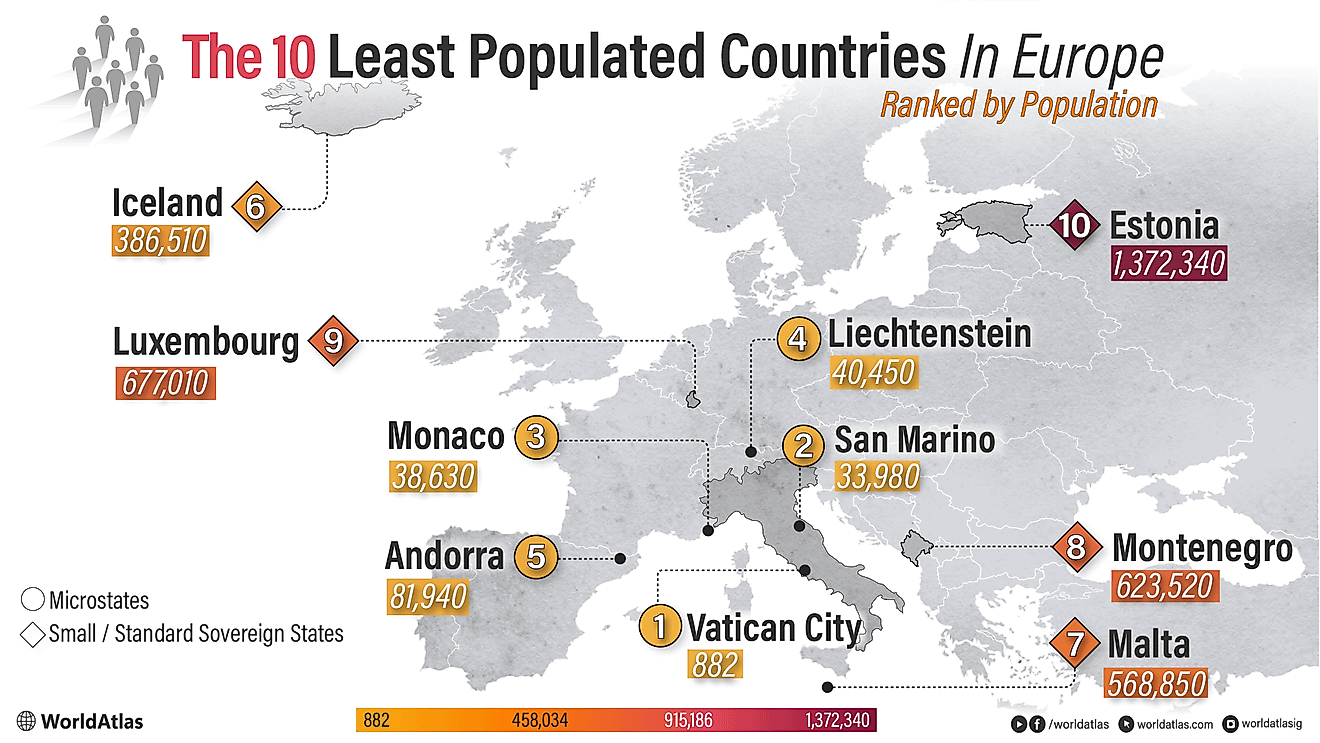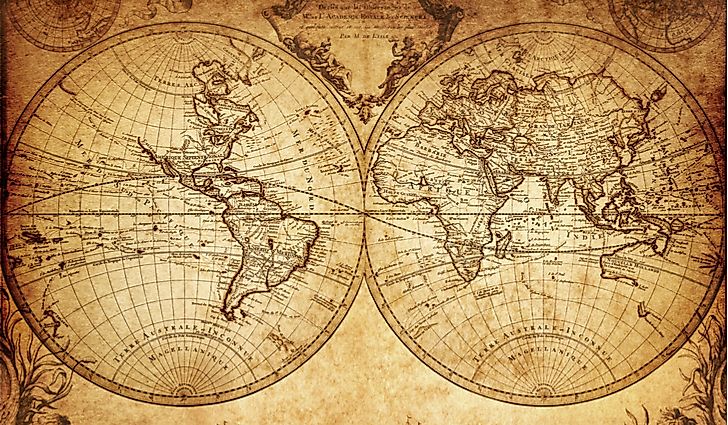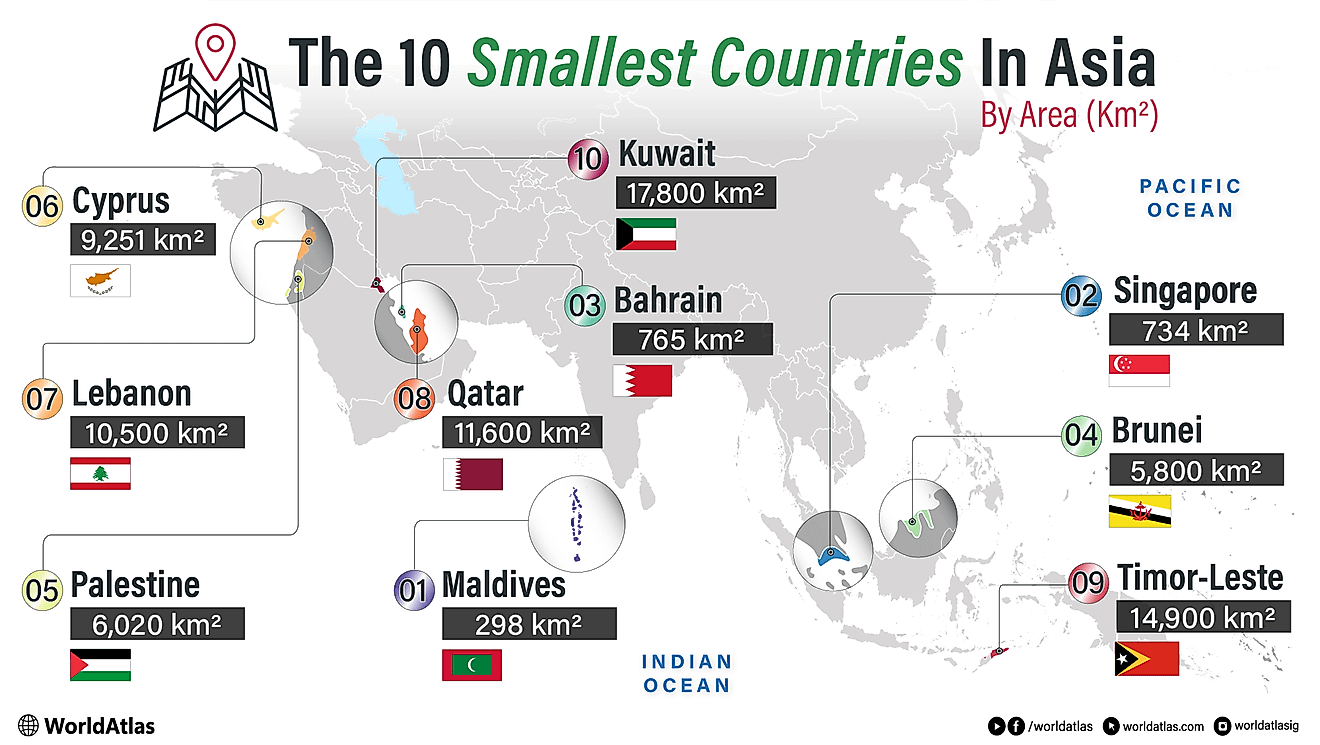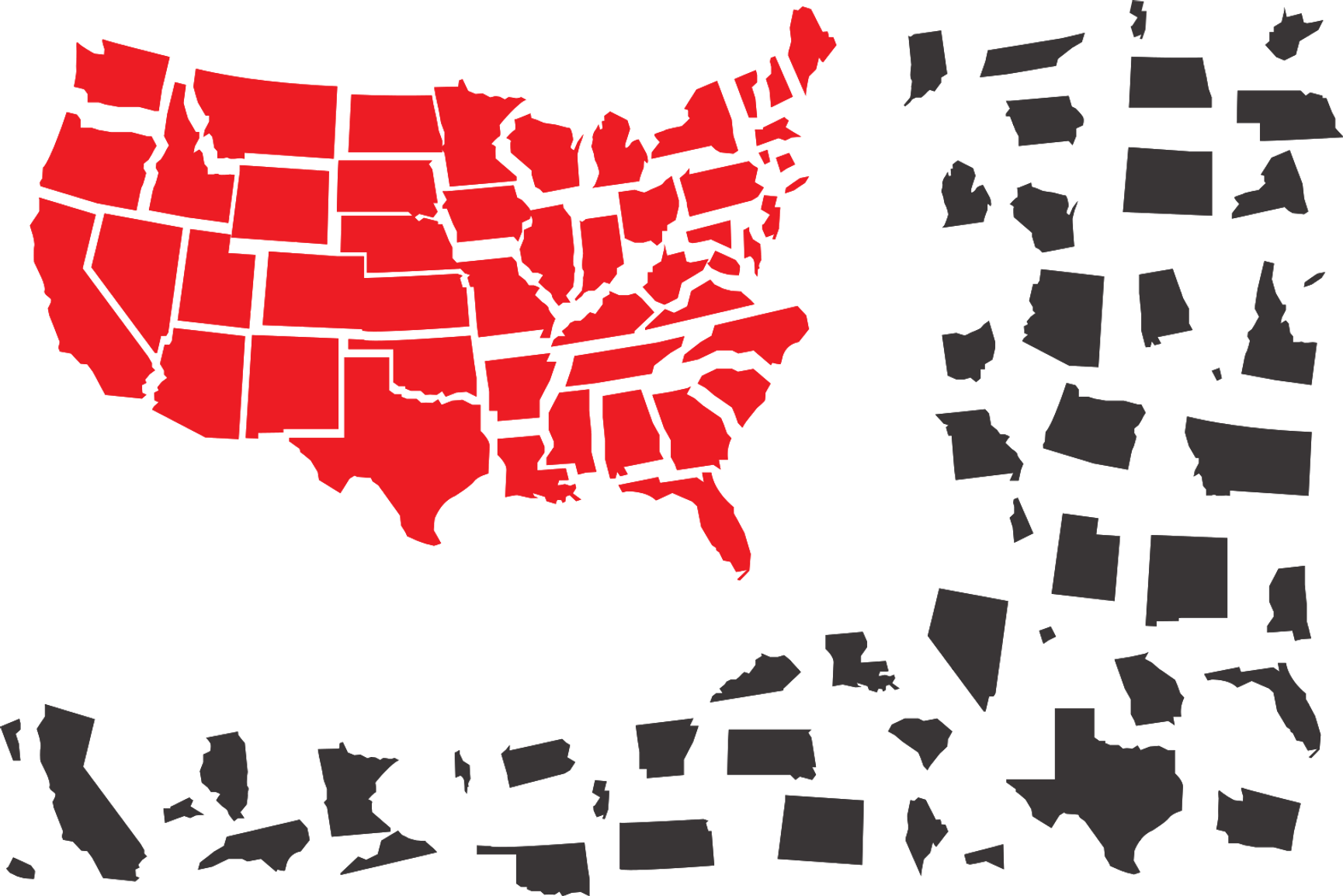
Proposed States That Do Not Exist In The United States
It is generally known that the United States of America is composed of 50 different states. However, what is not widely known is that there were many proposals for new US states that never came to fruition. If these states had been created, the current inter-state borders of the United States would look very different. Lack of popular support or the refusal of relevant government authorities to grant statehood contributed to the downfall of most of these proposals. Here are ten proposed states that do not exist in the United States today.
1. Franklin
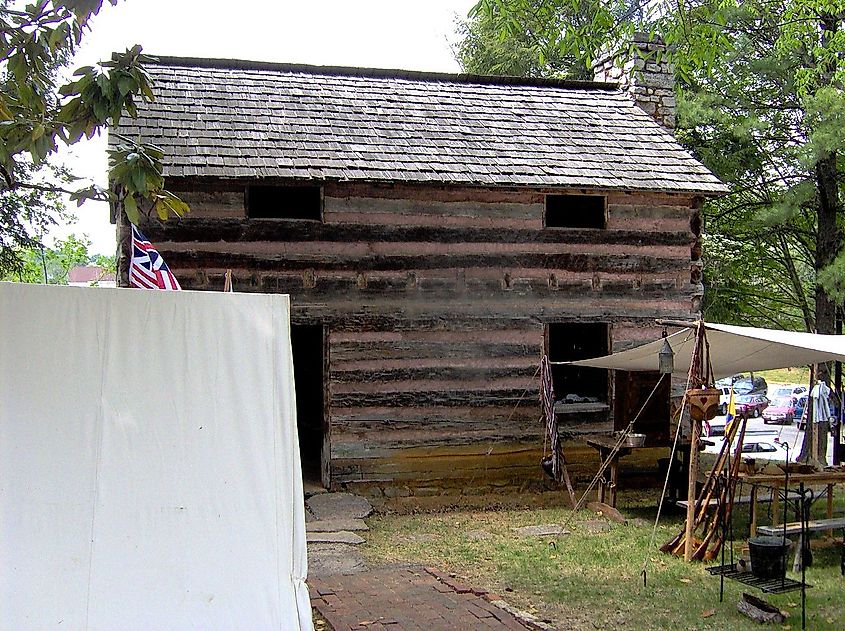
After the Revolutionary War, it was common for US states to gift their westernmost lands to the fledgling US federal government, which was broke at that time. The US government would then sell these lands to westbound settlers. The state of North Carolina sold some of its westernmost lands to the US Congress in April 1784. Fearing that the US government would sell this land to France or Spain to pay off its war debt, the area's residents decided to create their own state, the State of Franklin, which declared independence in December 1784. The state lasted for four years, but in 1789, its lands were rejoined to North Carolina. This failed attempt at statehood led to the inclusion of a clause in the US Constitution, which stipulates that a state cannot be forged from the territory of already-existing US states without the consent of the affected states.
2. Jefferson
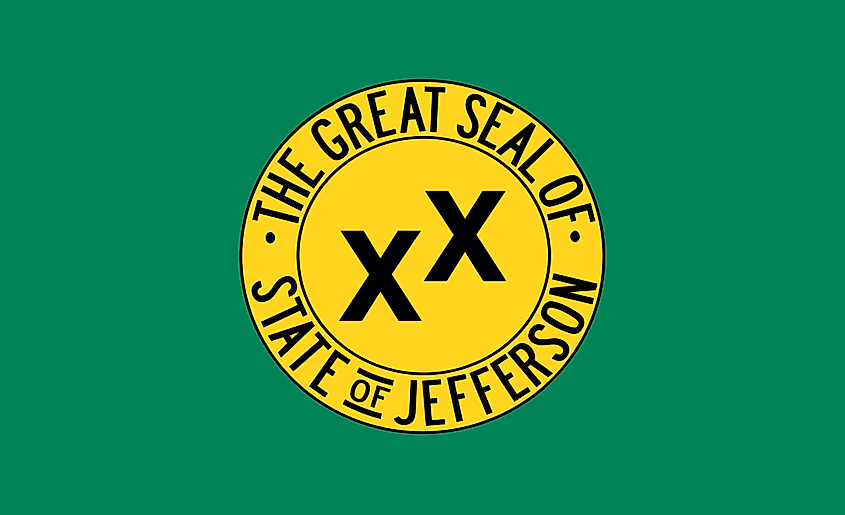
The creation of the State of Jefferson was not proposed in just one area of the United States, but four. One of these was the western part of Kansas Territory, but its residents could not agree on a constitution for the new state, so the Jefferson Territory, later called the Colorado Territory, was created instead. The second and third proposals involved the state of Texas, but there was not enough support for either of these. The fourth proposal was put forth by counties in southern Oregon and northern California, but after the Japanese attack on Pearl Harbor, it came off the political agenda.
3. Superior
The proposed new state of Superior consisted of Michigan’s Upper Peninsula, which is physically separated from Michigan's “mitten” portion. This proposal was first broached in 1975, though some believe that it should also include part of northern Wisconsin, which borders Michigan’s Upper Peninsula to the south. A significant barrier to this proposal is that even if northern Wisconsin were included, the population of the proposed new state would be less than 500,000, which is even less than the least populous US state of Wyoming.
4. Madawaska
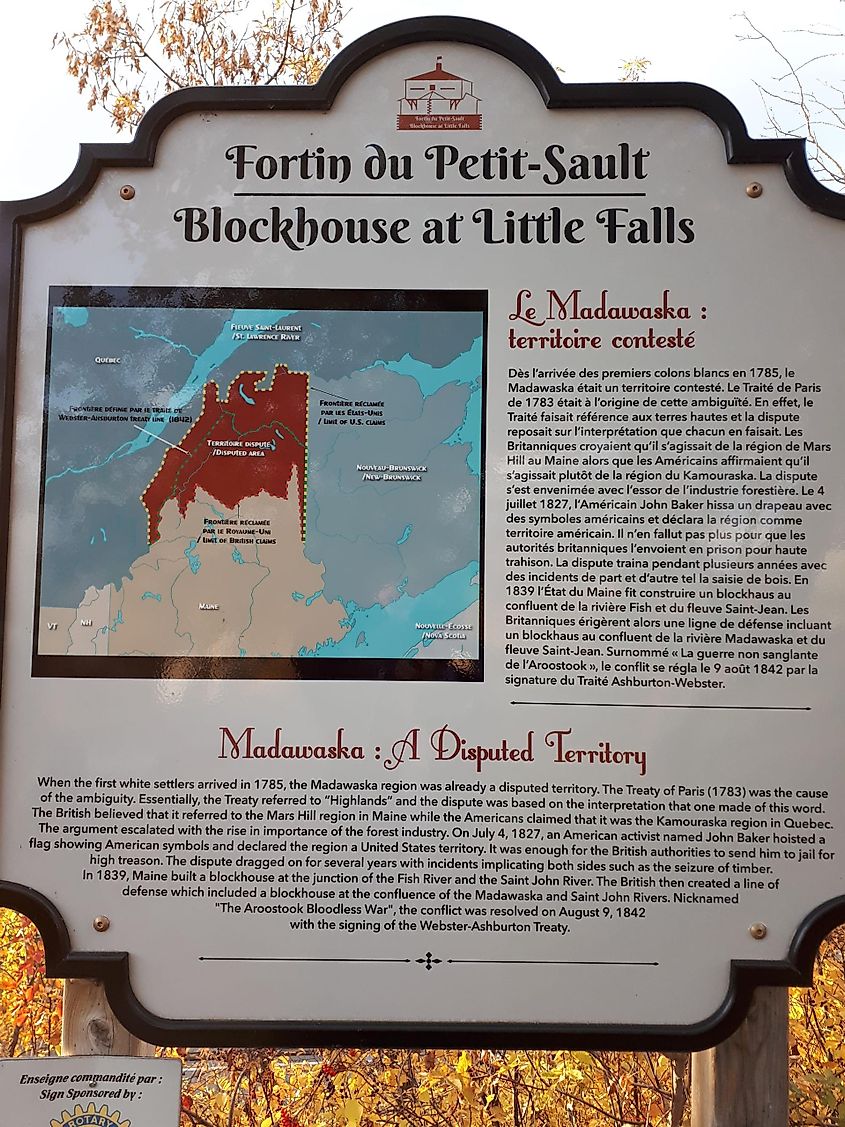
Before 1842, there was a significant border dispute between the United States and Britain over the boundary between the US state of Maine and the British colony of New Brunswick, the latter of which is now a province of Canada. Each country claimed a different boundary, thus creating a large chunk of the disputed territory. In 1827, pro-American activist John Baker unilaterally declared the establishment of the Republic of Madawaska in this disputed territory. However, the prospect of a new state was muted in 1842 when the United States and Britain signed the Webster-Ashburton Treaty, formally demarcating the border between Maine and New Brunswick.
5. Scott
The proposed state of Scott was named for a county of the same name in Tennessee. The residents of this county attempted to secede from Tennessee after Tennessee seceded from the United States to join the Confederacy during the American Civil War. These residents were neither plantation owners nor slave owners, thus seceding from the Union made no sense for them. However, the proclamation of the state of Scott was ignored by the government of Tennessee, and the issue of Scott’s statehood was not even brought up again until 1986, the 125th anniversary of the self-proclaimed state’s founding when its residents formally requested re-admittance to Tennessee.
6. Transylvania
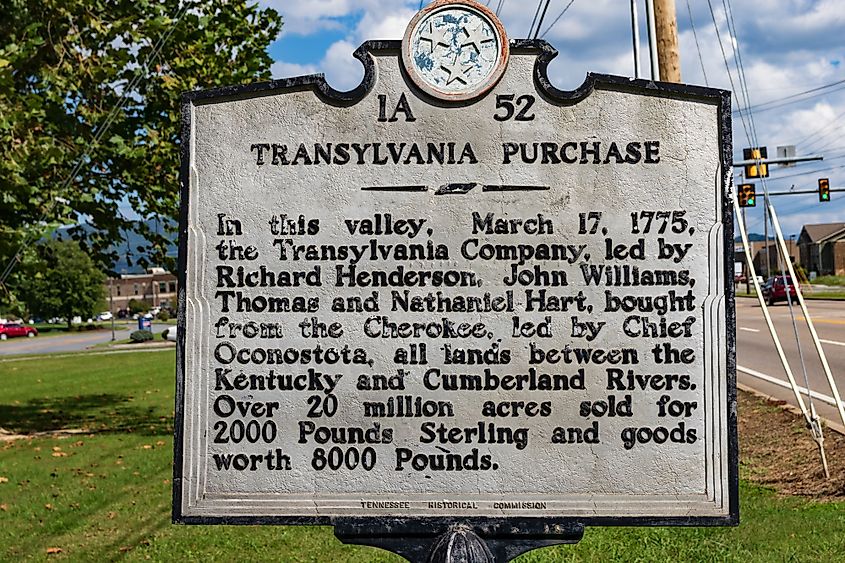
It is a sheer coincidence that this proposed state was called Transylvania, as the tale of Dracula that Bram Stoker wrote would not be published for more than 100 years hence. Transylvania consisted of the territory now part of present-day western and southeastern Kentucky and northern Tennessee. The founder of Transylvania was Richard Henderson, who owned the Transylvania Company, which purchased the land from Native Americans of the Cherokee Nation. But this purchase was later ruled illegal under British law. Shortly before the formation of the United States, the colony of Virginia, which claimed legitimate ownership of Transylvania, annulled the Transylvania Purchase and reclaimed the land for itself.
7. Deseret
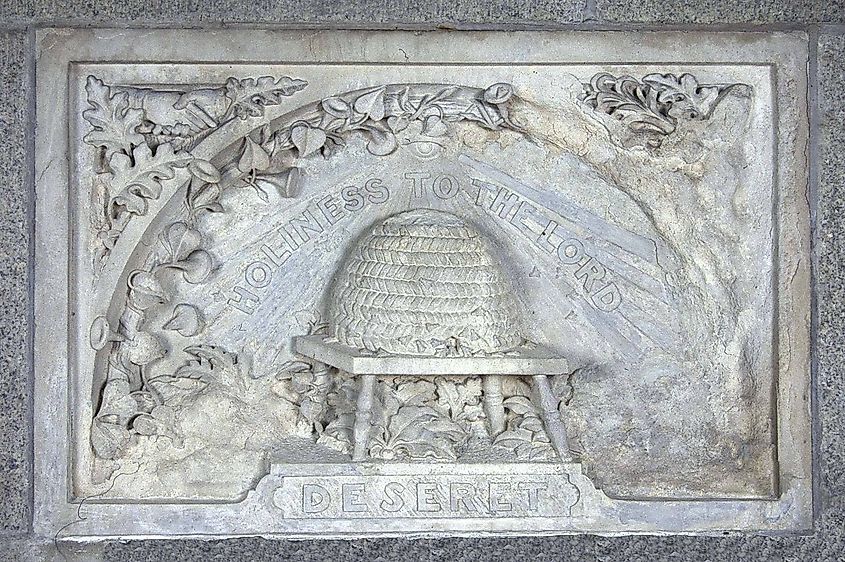
Named after a word in the Book of Mormon meaning “honeybee,” Deseret was a region in the southwestern United States claimed by Mormons who wanted to govern themselves. The proposed state consisted of parts of present-day Utah and parts of several other states. But the Mormons’ proposal for the creation of Deseret was rejected by the US Congress in 1849. Instead, the Mormons were given the much smaller Utah Territory. After assuming control of Utah, however, the Mormons re-enacted many of the laws and regulations that they had made in their failed state of Deseret.
8. Westsylvania
In 1776, when the United States declared independence from the British, residents of what is now West Virginia, western Pennsylvania, and eastern Kentucky tried to create their own state, called Westsylvania. The US Congress ignored the Westsylvanians’ petition for a new state and allowed the territory of the proposed state to be absorbed into the surrounding states. But the Westsylvanians remained steadfast in their demands for a new state. In response, Pennsylvania’s state government passed a law that declared talk of secession and the Westsylvania movement to be treasonous and punishable by execution. As a result, support for the proposed state quickly disappeared.
9. New York City
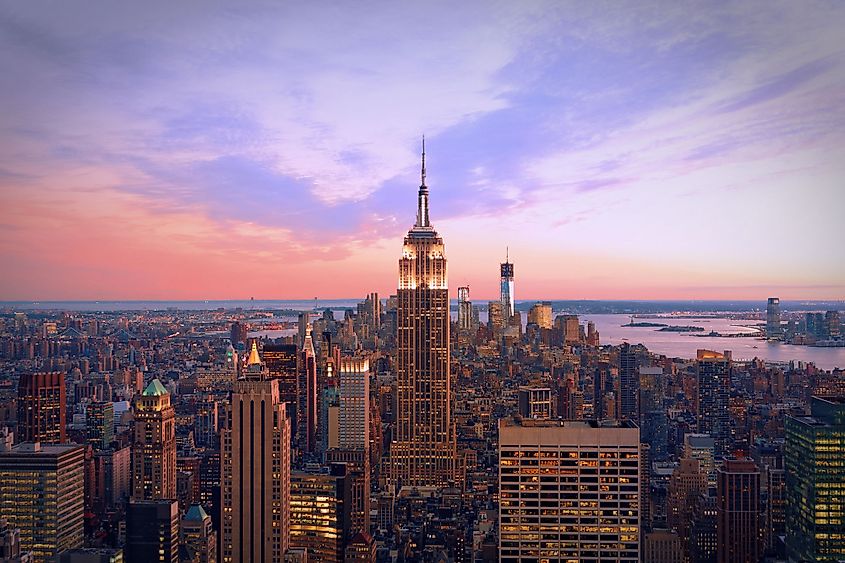
New York City is the largest city in the entire United States. In 1969, Norman Miller, who was running as a candidate in the Democratic Party's mayoral primary election, proposed that city become a separate state, thereby seceding from New York State. However, this idea quickly fizzled out after Miller was soundly defeated in the primary, finishing second-last and garnering just 5% of the popular vote.
10. Sequoyah
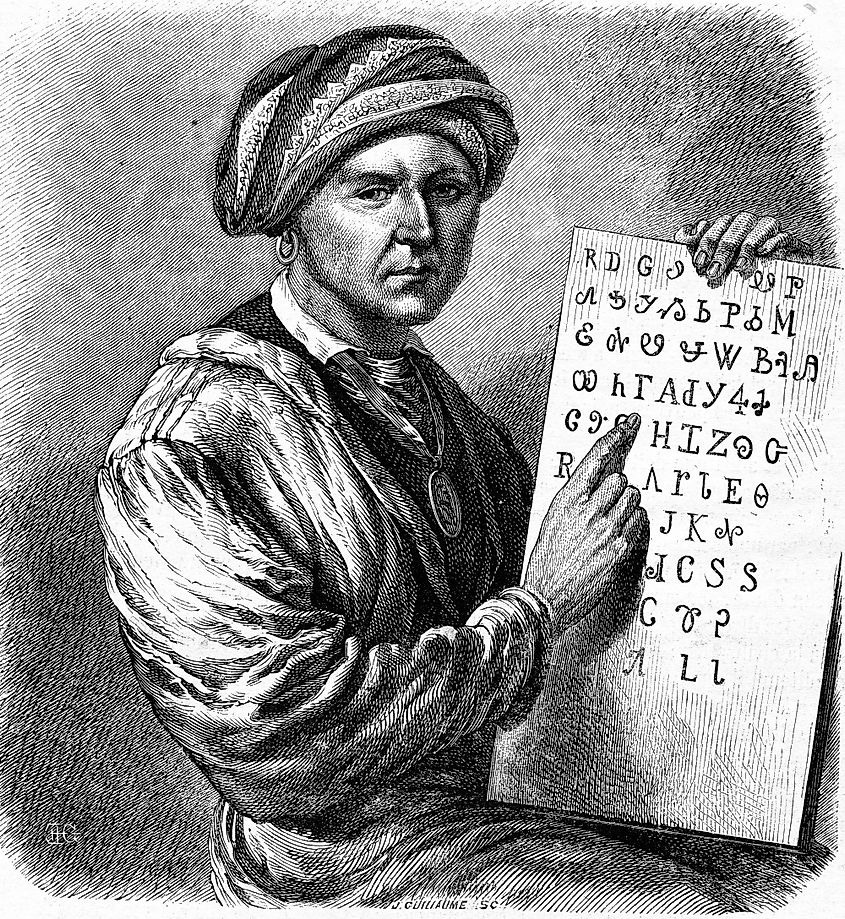
The proposed state of Sequoyah was an attempt by Native Americans in what was then called Indian Territory to create their own state where they could govern themselves. These Native Americans were members of Native American nations relocated by the US government from their original homelands in the east. But Congress was reluctant to grant the new state since they wanted to preserve a balance between eastern and western states. Finally, US President Theodore (Teddy) Roosevelt decided that the territory for the proposed state of Sequoyah would be merged with the rest of the Indian Territory to create the state now known as Oklahoma.
Will There Always Be 50 States?
The United States of America did not start out as 50 states. At the onset of independence, there were just 13 states, so it is certainly possible that new states could be added to the Union in the future. For instance, there is a strong case for making the current US Territory of Puerto Rico a full-fledged US state, especially since more than 52% of the people there voted in favor of statehood in a referendum that took place in 2020. There is also substantial popular support for making Washington DC a US state. Moreover, support for some of the proposed states mentioned above has not entirely faded. Thus, it is conceivable that the Union will have more than 50 states in the future.
